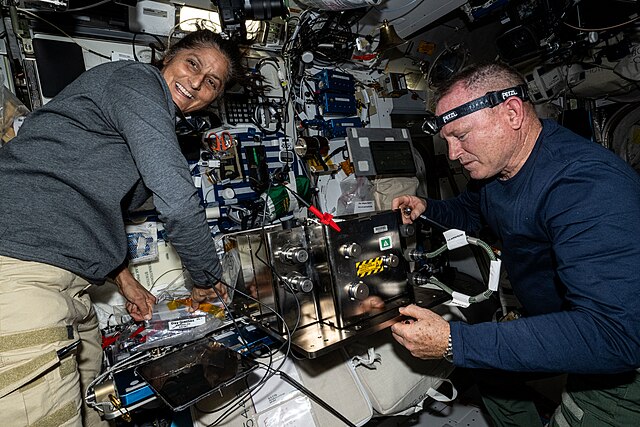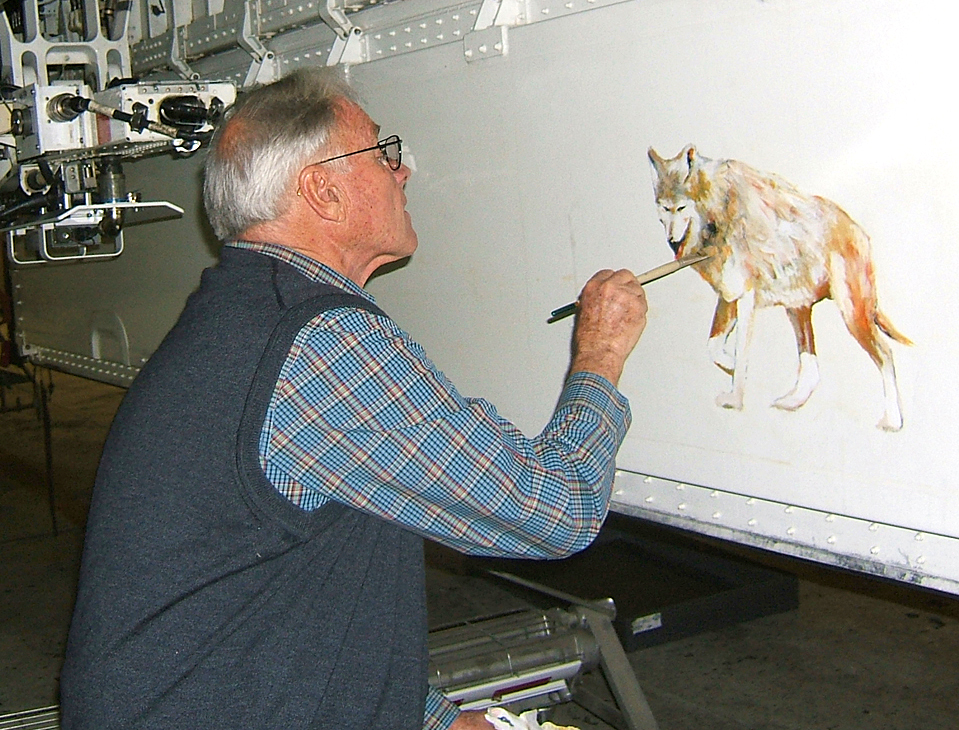By: Tara Elsa
Over the course of thousands of years, humans innovated various forms of aircraft ranging from ancient Chinese kites to the Wright brothers’ flyer. Discover the milestones that shaped modern aviation and explore the history of flight at Evergreen Aviation & Space Museum where you can view how aircraft evolved throughout time.
The Kite
The first flight effort took place in China around 200 BCE. Before people used kites for entertainment, the military used them for communication. The invention of the kite helped people understand the forces of flight and paved the way for the creation of hot air balloons and gliders.
The Development of Human Flying Machines

Besides being a painter, Leonardo da Vinci was one of the first to study flight in the 1480s. He produced hundreds of drawings on his theories of flight. Da Vinci’s fascination with aviation led him to create his infamous ornithopter flying machine, inspired by the structure of bats, birds, and kites. These illustrations never left paper, however.
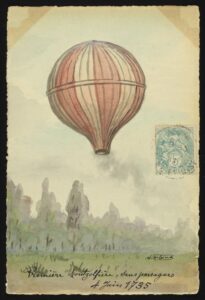
Following da Vinci’s studies, it took hundreds of years before anyone attempted to build aircraft similar to what we know today. Joseph Michel and Jacques Etienne Montgolfier invented the first hot air balloon which used smoke to blow hot air into a bag, making it lighter than the air around it. The first test flight in 1783 contained animals and proved the hot air balloon was safe for human passengers.
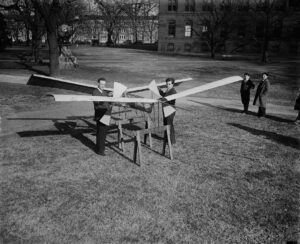
For the next 100 years, people developed more advanced machines that could harness the power of the wind. The first gliders were designed in the early 1800s, allowing people to control the wings. By the late 1800s, gliders became more advanced. An astronomer, Samuel Langley, introduced a steam-powered engine into his plane model which ended up traveling ¾ of a mile. After constructing the full-sized plane, it proved too heavy to fly and crashed. Langley, also known for his role as director of the Smithsonian Institute, felt disappointed and put his efforts elsewhere. His studies largely influenced the first planes that were created a decade later.
The First Plane
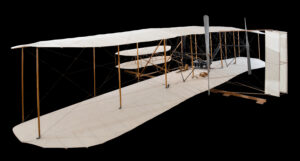
Wilbur and Orville Wright—the Wright brothers—are known for creating the first heavier-than-air powered aircraft. For four years, the brothers worked on the aircraft, called The Wright Flyer, which was completed in 1903. On December 17, 1903, it successfully flew at Kitty Hawk, North Carolina; the first flight lasted 12 seconds and traveled 120 feet.
WRIGHT BROTHERS
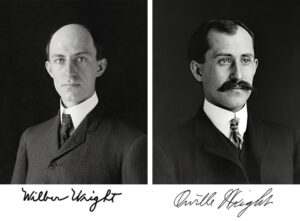
The Wright brothers grew up in Dayton, Ohio in the late 1800s surrounded by manufacturing and industrial activity. Being in this environment helped them to develop their skills to build the first plane. The brothers began as midwestern entrepreneurs, successfully managing a printing business and a bicycle company. Inspired by the efforts of others to build aircraft, they began studying aeronautics and kept most of their work private.
While they negotiated the sale of their new aircraft, they didn’t let anyone see it fly until they secured a patent or those witnessing it signed a contract. The Wright brothers established the foundation for aeronautical engineering through their studies of wind tunnels and flight. Their invention of the Wright Flyer paved the way for future advancements in aviation and the development of modern aircraft.
Learn More at the Museum
Evergreen Aviation & Space Museum houses a 1903 Wright Flyer replica (2001) acquired by the Museum in June 2015. Purchase your tickets to Evergreen Museum to check out the first heavier-than-air powered aircraft to ever fly!
